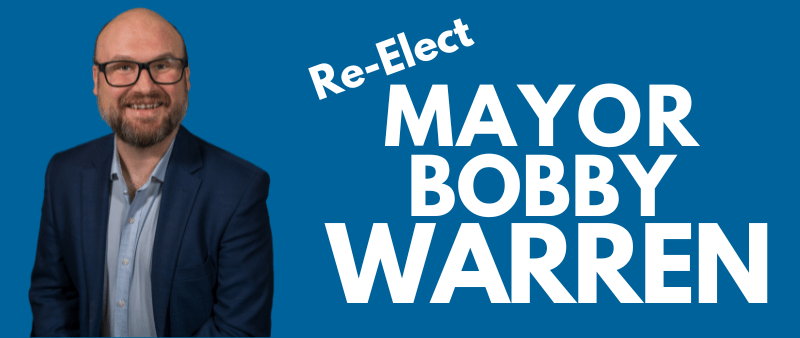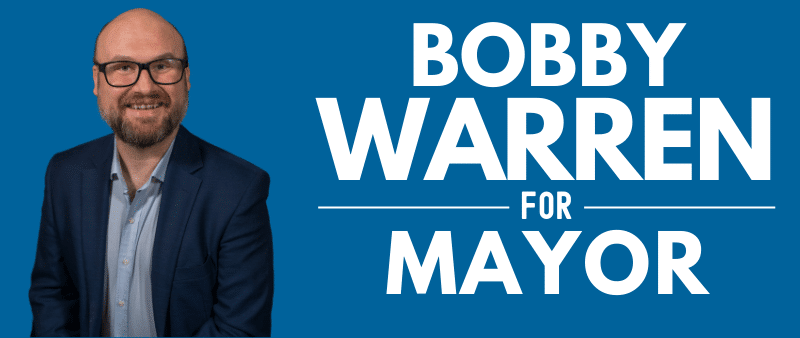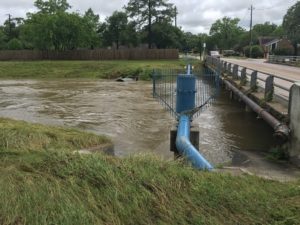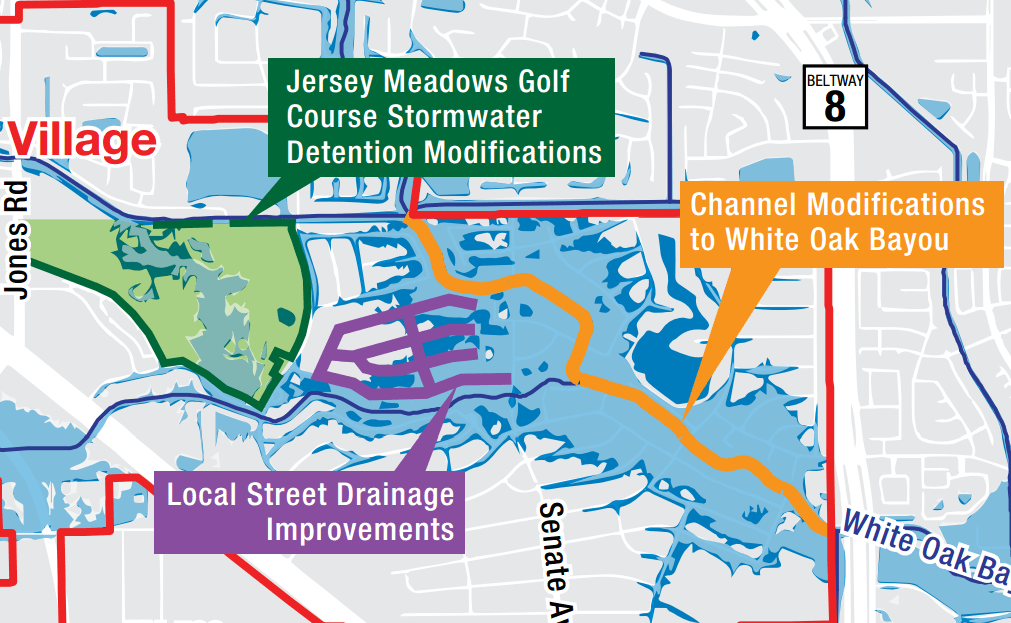Due to a number of factors, including soil subsidence and development in areas upstream of Jersey Village, our city will always be at risk of flooding under the right conditions. We witnessed the destructive power that flooding can have in our community during the Tax Day floods of April 2016. We also realized the benefits of existing flood mitigation infrastructure when waters stayed within the bayou banks during Hurricane Harvey in August 2017.
City government’s most critical responsibility is to protect the lives and property of its citizens. This includes not just police and fire response, but also protection against natural disasters. The City of Jersey Village can and must do more to investigate and implement measures to mitigate the impact of flooding in our community.
During my time on city council, we have invested over $14 million in flood mitigation projects, drawing primarily on state and federal grants.
Long-term Flood Recovery Plan
In late 2016, the Jersey Village City Council entered into a contract with Dannenbaum Engineering Corporation to conduct a study to identify potential solutions to mitigate flooding within Jersey Village. The Jersey Village Long-term Flood Recovery Plan was completed and presented to city council in August 2017.
This plan has become essential to the city’s recent success with grant applications. Without the data and analysis contained within the flood recovery plan, we would not be in the position to apply for grants for flood mitigation projects.
Golf Course Berm Project
One of the key flood mitigation projects we completed during my first term as mayor is construction of an earthen berm along part of the east side of the Jersey Meadow Golf Course, as illustrated below.
The goal of this project is to keep rain that has fallen onto the course from moving onto surrounding residential streets and to reduce the flow of water from the course into the bayou system. This will reduce the street flooding that has occurred on Wall Street and will open up additional capacity in the bayou for other storm drainage.
This project was completed in 2021.
Street Drainage Improvements
During my first term as mayor the city completed drainage improvements on Wall, Carlsbad, Crawford, Capri, and Tahoe.
Our flood study found that drainage in these areas was insufficient and would require building additional storm drainage inlets and larger capacity storm sewer pipes.
Construction of both the Street Drainage Improvements and Golf Course Berm projects were funded mostly through a mix of federal and state grants totaling $6,399,094, with the remainder covered from the city’s general fund:
- FEMA grant: $3,685,400
- Texas Infrastructure Resiliency Fund: $921,350
- Texas Government Land Office (GLO): $1,792,344
- City of Jersey Village General Fund: $599,090
White Oak Bayou Channel Improvements
The Long-term Flood Recovery Plan also contained proposed changes to White Oak Bayou, including the portion which runs through Jersey Village.

City council discussing the flood bond election with Harris County Commissioner Jack Cagle
In early 2018, the U.S. federal government adopted a new budget in which $17.39 billion was allocated to the U.S. Army Corps of Engineers for flood mitigation projects in areas recently affected by flooding, including Harris County. Congressman John Culberson’s office at that time stated that this amount will be sufficient to fund all currently federally approved projects in Harris County that were merely awaiting funding. In July 2018, the U.S. Army Corps of Engineers announced that this funding would be applied to continued improvements on the White Oak Bayou channel from West Tidwell to FM 1960, which includes the segment which moves through Jersey Village.
Construction for this project began in November 2020 is currently ongoing.
Non-Structural Flood Damage Reduction
All of the above described projects are termed “structural changes”, meaning that they deal with modifications to infrastructure in the city, rather than to individual homes. The study determined that if all of the above projects are implemented, all homes would be saved from flooding in the event of a 25 year storm, 85% of structures previously at risk of flooding in a 50-year storm would be saved, and 38% of homes at risk in a 100-year storm event would be saved from flooding.
For the remaining homes, 60 were identified as being candidates for either buyouts or elevation to raise the home out of the flood plain. Since 2018, the city has successfully elevated 21 homes using state and federal grant funding and we will elevate 16 additional homes in 2023. As your mayor, I am committed to continuing to pursue funding until we provide every family with the opportunity to get out of the floodplain.
We Must Continue to Work With Regional Partners
We must continue to work together as citizens of Jersey Village to press our county, state and federal elected officials to accelerate funding for regional projects from the Harris County Flood Control District designed to alleviate flooding in our area.
With the assistance of regional, state and federal officials, we can continue to secure funding for flood mitigation projects and ensure the timely completion of those projects in the White Oak Bayou watershed. But we cannot do it alone. We will need your help to ensure our elected officials understand that flood mitigation in Jersey Village is a priority for us.
When we work together as a community, I am confident we can find a way to combat the persistent threat of flooding in Jersey Village.






